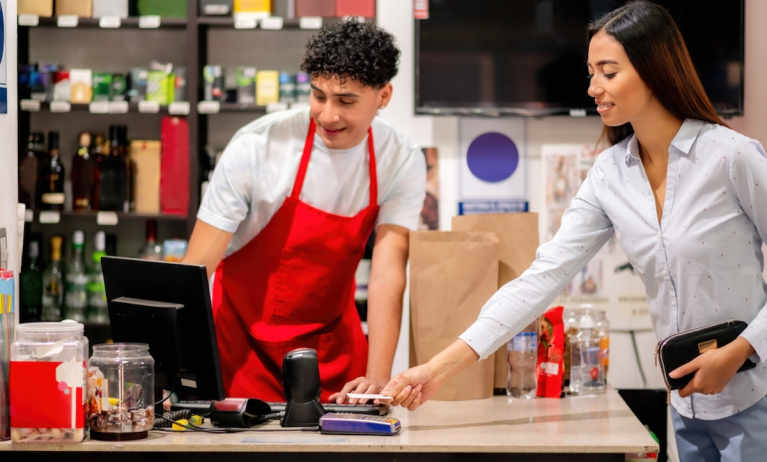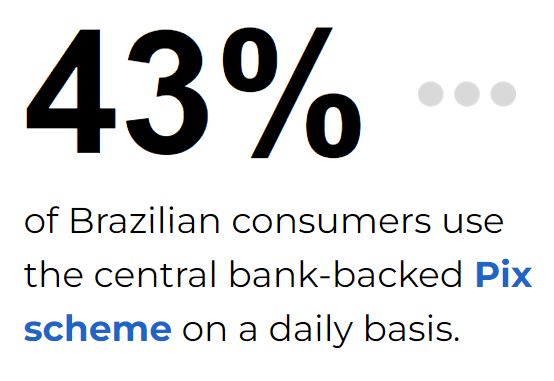
As the digital payments landscape in Latin America rapidly evolves with nearly 600 million people generating close to $6 trillion in GDP, consumers are shifting away from cash and embracing real-time digital alternatives.
A PYMNTS Intelligence report, “Promising Payments: Digital Payments Gain Ground in Latin America,” in collaboration with Galileo, examines how the region is now at the forefront of the global digital payments revolution.
In recent years, Latin America has emerged as a leader in digital payments, particularly in real-time transaction systems. Brazil’s Pix instant payments platform exemplifies this trend, as 43% of Brazilian consumers use Pix daily, compared to 29% relying on credit cards and 21% using cash. Additionally, 82% of Pix users report a positive impact on their daily lives. The embrace of digital banking is evident, with 95% of consumer interactions with banks now occurring through digital channels.

Argentina’s Mercado Pago eWallet has more than 14 million users for various financial services, reflecting the region’s shift toward digital payments. In Chile, cash transactions dropped to 23% of point-of-sale value in 2022, down from 27% the previous year. This trend illustrates a broader decline in cash usage across Latin America, with Argentina seeing a 20% reduction in cash transactions last year, while Brazil and Mexico both reported a 17% drop and El Salvador a 5% decrease. In response, 92% of small firms now accept electronic payments, underscoring a move toward digital solutions.
The digital banking revolution is reshaping shopping behaviors in Latin America, where consumers leverage constant internet connectivity to enhance their purchasing experiences. According to the report, the use of contactless debit cards in Mexican stores surged 137% from 2021 to 2022, while contactless credit card payments soared by 418%.
Digital wallets are favored by women in Mexico, with 24% using them for their most recent eCommerce purchases. And 30% of Mexican women want to incorporate digital tools into every aspect of their shopping. In Brazil, 50% of in-store shoppers use smartphones primarily to check prices and find deals, underscoring the importance of digital integration in retail. This shift is reflected in the surge of contactless payment methods, as 48% of Brazilian shoppers used digital wallets or contactless cards for their last in-store purchase, a 216% year-over-year increase.
As consumer preferences shift, companies must adapt to the evolving digital payments landscape. Belvo has launched a “pay by bank” solution in Mexico and Colombia, allowing automatic withdrawals from bank accounts to streamline transactions and reduce fraud, with experts estimating over 50% cost savings for Colombian businesses.
Meanwhile, Itaú, Latin America’s largest bank chain, launched a neobank called Itu in Chile to meet the rising demand for debit and peer-to-peer payment services, with investments in the neobank sector projected to hit $400 million in the next two years.